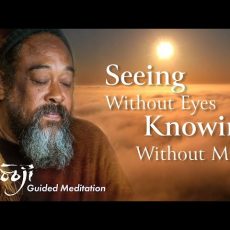If you are worried that your child is spending a lot of time reading or squinting at electronic screens then there is good news waiting for you. They don’t have a greater risk of becoming nearsighted than kids who don’t . However, how children spend their time is important: that risk is only reduced if the child spends plenty of quality time outside, i. e. in sunlight.
The “outdoor effect” on nearsightedness, or myopia, is a longstanding observation backed by both scientific and anecdotal evidence. It’s so compelling that some nations in Asia, which have among the highest myopia rates in the world, have increased the amount of daily outdoor time for children in the hopes of reducing the need for glasses. Happyho also provide best tarot reading services in Noida and Delhi NCR India area.
According to optometrist Donald Mutti, OD, PhD, of The Ohio State University College of Optometry data suggest that a child who is genetically predisposed to myopia are three times less likely to need glasses if they spend more than 14 hours a week outdoors. But we don’t vlog really know what makes outdoor time so special. If we knew, we could change how we approach myopia.
Between the ages of five and nine, a child’s eye is still growing. Sometimes this growth causes the distance between the lens and retina to lengthen, leading to nearsightedness. These different types of outdoor light may help preserve the proper shape and length of the eye during that growth period.
Moreover UVB light is invisible to the human eye, but triggers several cellular functions in the body, including the production of vitamin D. Vitamin D is thought to support the function of the smooth muscle tissue found around the lens in the eye. This muscle not only helps focus light on the retina, but may also maintain the proper eye shape and length between the lens and the retina, something that can become distorted during the rapid growth of a child’s eye.
Some studies show that people with myopia have lower blood levels of vitamin D – indicating that they have spent less time outdoors, with possible negative effects on the eye.
There’s another part of sunlight that could help prevent myopia: exposure to visible bright light. Even on a cloudy day, visible light outdoors is at least 10 times brighter than the light indoors.
When exposed to outdoor light, specialized cells in the retina help control how big or little the pupil dilates to let more or less light in. The cells connect to others that release dopamine – an important neurotransmitter in the eye and brain.
Dr. Hartwick developed a protocol that measures how much these specialized retinal cells contribute to pupil responses to blue and red light. The initial research suggests that the pupil responds more if these cells have been exposed to a lot of sunlight in the previous few days. That could serve as a proxy for how much dopamine the eye has been producing.





